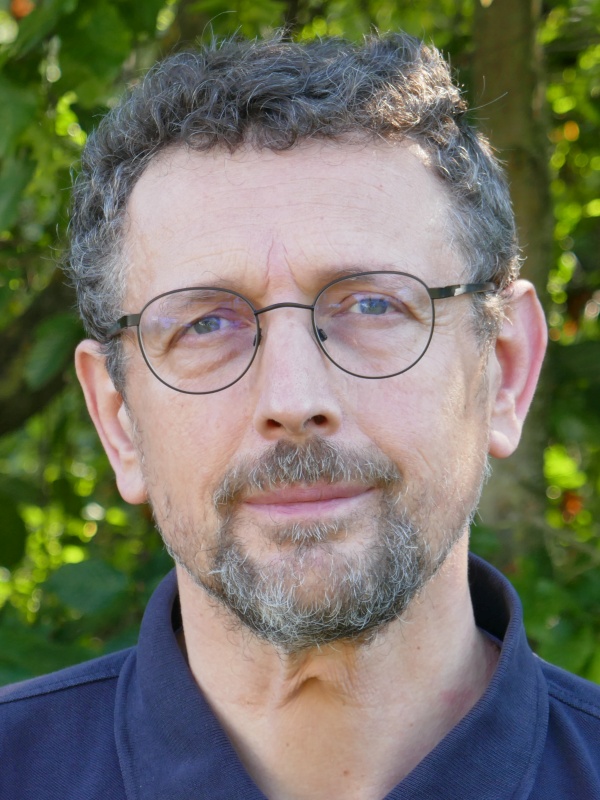Since the turn of the millennium, meditation research using imaging techniques has increased significantly. The working group at BION was among the first in the world to carry out studies with functional and structural magnetic resonance imaging with meditators (Hölzel et al., 2007, 2008).
As part of a Marie Curie Fellowship from the European Union, Britta Hölzel successfully continued her studies together with Sarah Lazar at the renowned Massachusetts General Hospital (MGH) at Harvard University in the USA.
In Giessen, Tim Gard conducted a study on the modulation of pain perception through mindfulness, which showed striking differences in the anticipation and processing of pain stimuli in experienced mindfulness meditators (Gard et al., 2012).
Other focal points of the working group at BION were:
- Effects of mindfulness practice on the ageing of brain structures (Laneri et al., 2015) and implications for dementia prevention (Rumpf, 2016) and
- supporting mindfulness training with the help of EEG biofeedback (Prestel et al., 2018, 2019).
The linked lecture by Ulrich Ott at the University of Jena provides an overview of the current state of research into the neuronal correlates of various meditation techniques.



